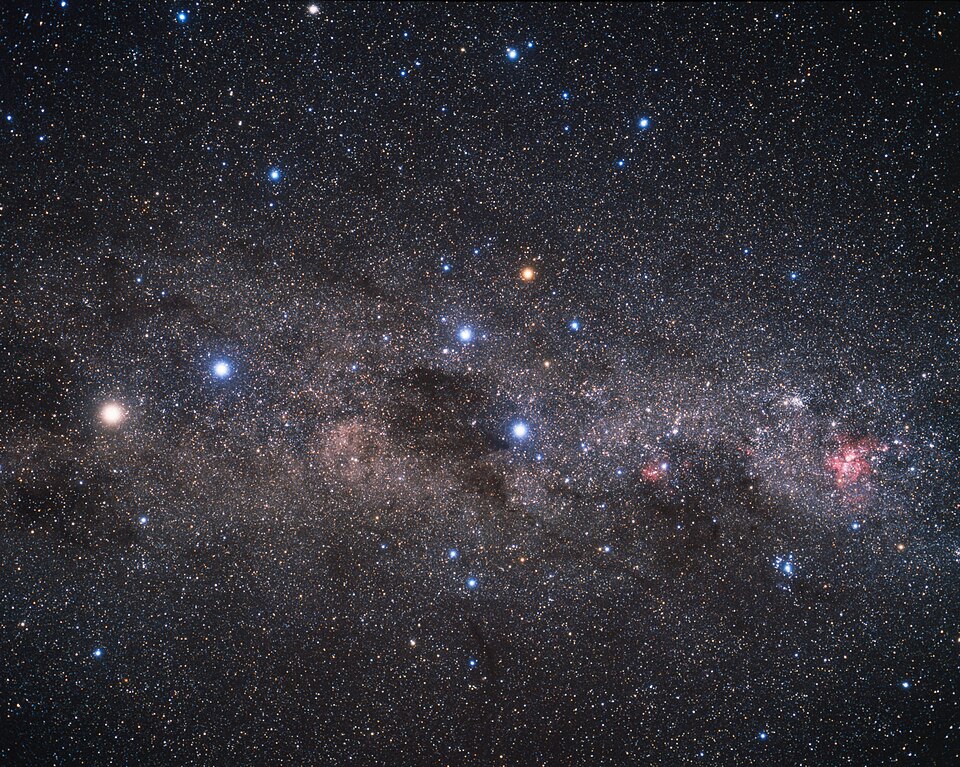
Now, a bold claim has the evidence to prove it: among hundreds of billions of stars in the Milky Way, only one like Apep exists-and the James Webb Space Telescope just uncovered its intricate, spiraling anatomy in mid-infrared light.
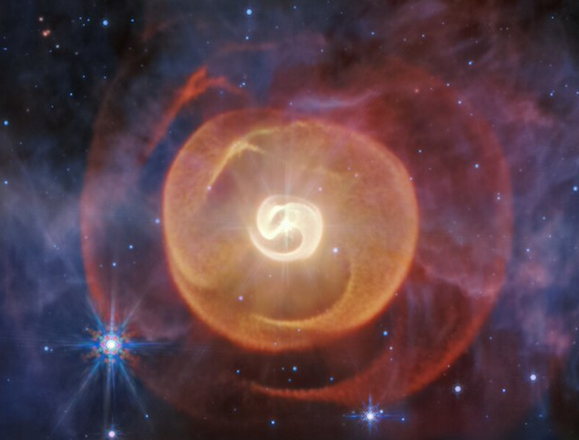
1. A Cosmic Rarity in the Constellation Norma
Aptly named for the Egyptian god of chaos, Apep is a gravitationally bound triple-star system about 8,000 light-years from Earth. It contains, at its core, two Wolf-Rayet stars-massive, hot, hydrogen-stripped stellar remnants-bound together by a 190-year orbital period. A third companion orbits farther out, in the form of a supergiant between 40 and 50 solar masses. Only about 1,000 Wolf-Rayet stars are known to exist in the Milky Way; Apep represents the sole confirmed case in our galaxy where two such stars coexist within the same binary.
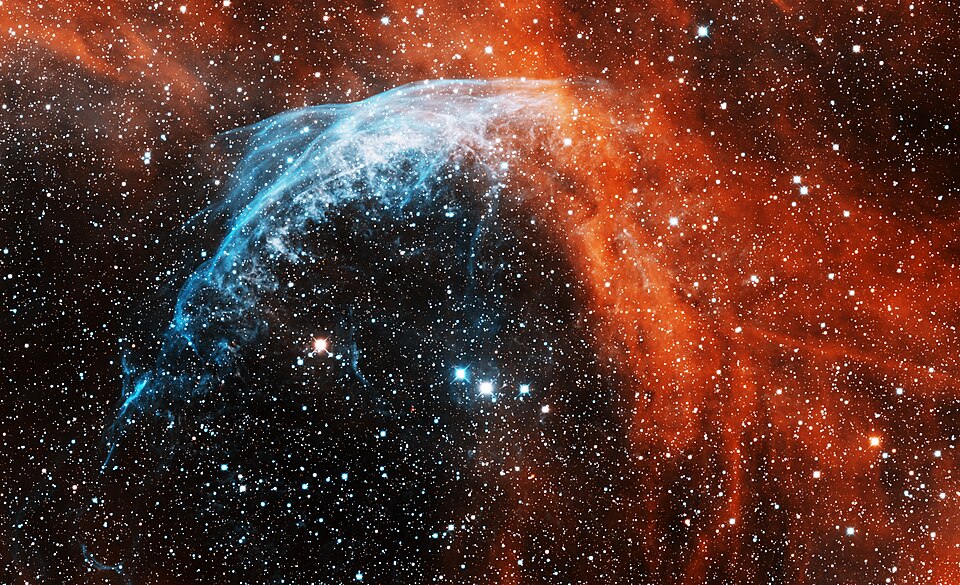
2. Wolf-Rayet Winds and Dust Creation
Wolf-Rayet stars have stellar winds that are well over a billion times stronger than those of the Sun, expelling material at 2,000-3,000 km/s in this process. These winds collide in Apep in a close approach that takes place every 25 years to compress into dense carbon-rich dust. The carbon, formed after hydrogen depletion, retains heat that allows the dust shells to glow in infrared. This happens with almost clockwork precision every orbit, carving out spirals that expand over centuries.

3. The Mid-Infrared Breakthrough by JWST
Ground-based observations using the Very Large Telescope had earlier been able to detect only the innermost spiral. JWST’s MIRI has now imaged four nested spirals that trace 700 years of dust production owing to its unprecedented sensitivity to faint, warm dust emission. “Looking at Webb’s new observations was like walking into a dark room and turning on the light everything came into view,” said Yinuo Han from Caltech. The outermost spiral is barely visible and marks the edge of MIRI’s reach.

4. The Supergiant’s Signature
The giant O-type supergiant sculpts the nebula in a way that it creates a V-shaped cavity in each dust shell, which is easily seen between the 10 o’clock and 2 o’clock positions in JWST’s image. “The cavity is more or less in the same place in each shell and looks like a funnel,” says Ryan White of Macquarie University. This consistency over centuries confirms the stability of the supergiant orbital influence.
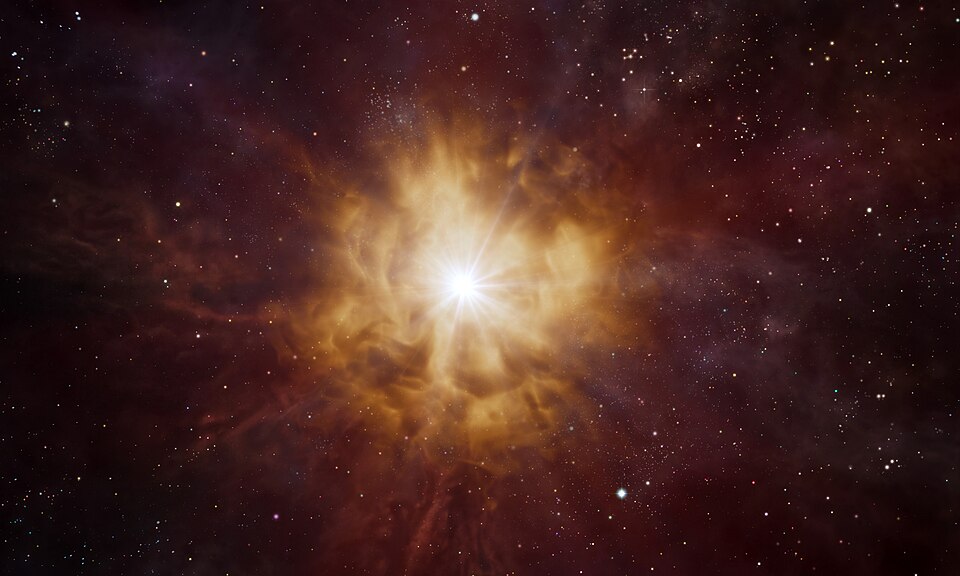
5. Orbital Refinement using Combined Data
By combining JWST’s spatial detail with eight years of VLT expansion measurements, White’s team was able to refine the orbital model of the Wolf-Rayet pair. At 190 years, the period is very long compared with other dusty Wolf-Rayet binaries, most of which fall between about two to ten years. The next longest known is just 30 years, a testament to Apep’s uniqueness.

6. Dust Chemistry and Infrared Visibility
The dust’s composition-mostly amorphous carbon-is the key to its detectability. The carbon grains remain hotter as they move outward, emitting faint mid-infrared light that MIRI can detect. In similar systems, such as Wolf-Rayet 140, dust is ejected over a period of months; Apep’s sustained 25-year production phases create much more massive and extended spirals.
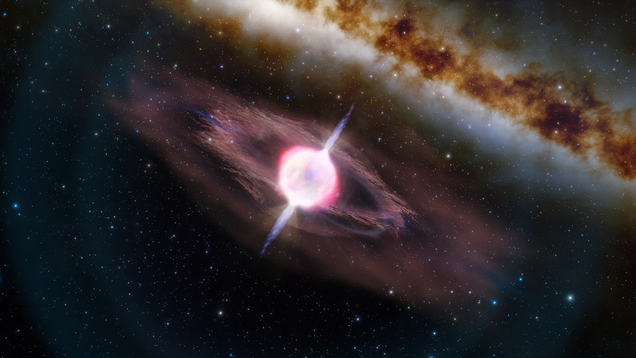
7. Evolutionary Context and Stellar Fate
Wolf-Rayet stars are a very short final phase in the lives of the most massive stars, with lifetimes of only ~100,000 yr before core collapse. Apep’s Wolf-Rayet stars presently are 10-20 M ⊙ and were once more massive than the supergiant companion star. All three will likely terminate as supernovae: The Wolf-Rayet stars may create gamma-ray bursts in conjunction with the formation of black holes; the explosion of the supergiant should leave behind a neutron star. If gravitationally bound at that point in the post-supernova evolution, the compact objects may evolve into a binary black hole system as future sources of gravitational waves.
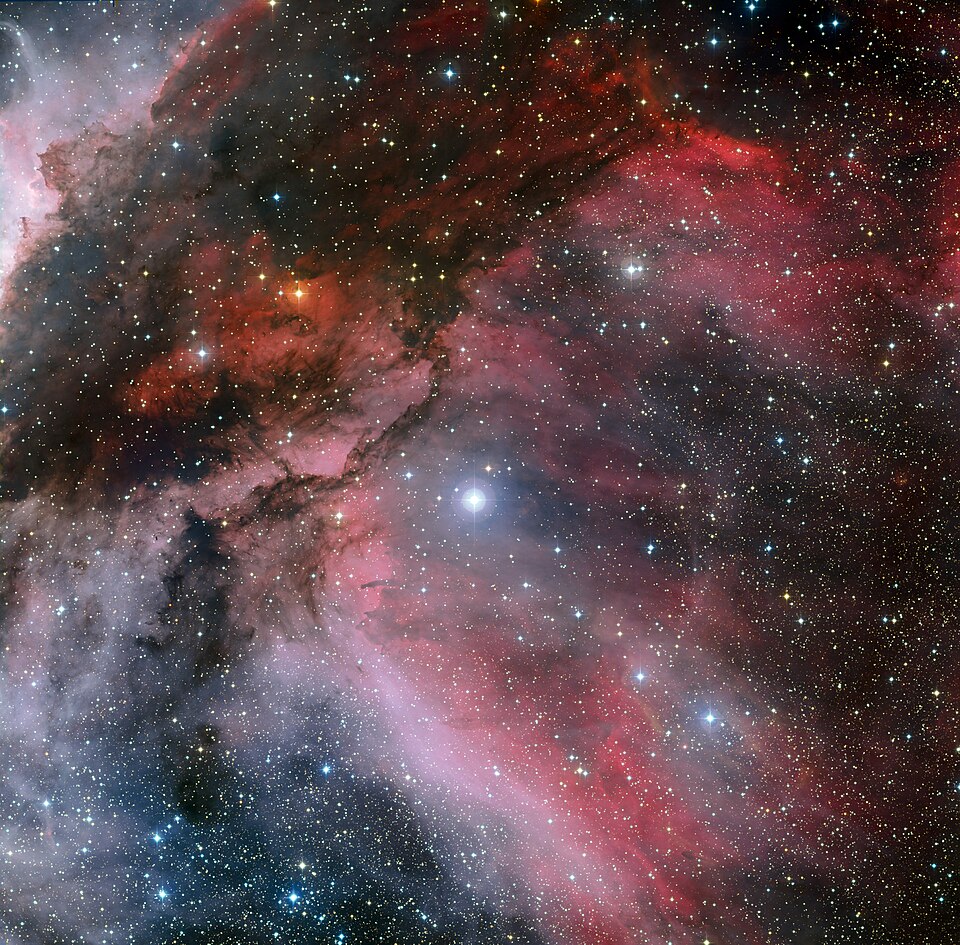
8. Implications for Dust and Stellar Evolution Models
The long-period, dual Wolf-Rayet configuration of Apep creates an unprecedented challenge to current models of massive star evolution. The statistical rarity of producing two Wolf-Rayet stars in the same system simultaneously requires either finely tuned initial masses or past stellar interactions. The sustained dust output also provides a natural laboratory for testing mass-loss rate prescriptions critical in predicting the Type Ib/Ic supernova progenitors. The carbon-rich dust contributes to the enrichment of the galaxy and helps seed future planetary systems.
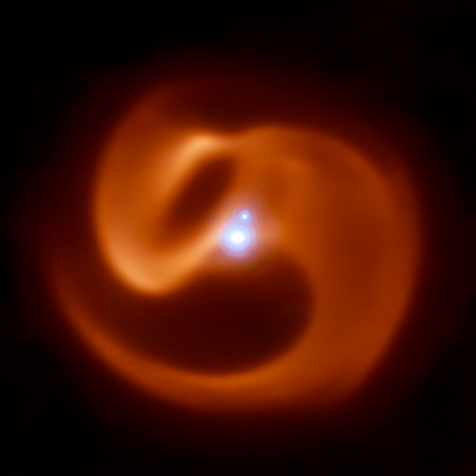
The picture of Apep presented by JWST is much more than a visual wonder-it forms a record of stellar wind dynamics, orbital choreography, and the chemical legacy left behind by massive stars-all duly captured in spirals that evoke chaos and order together.

